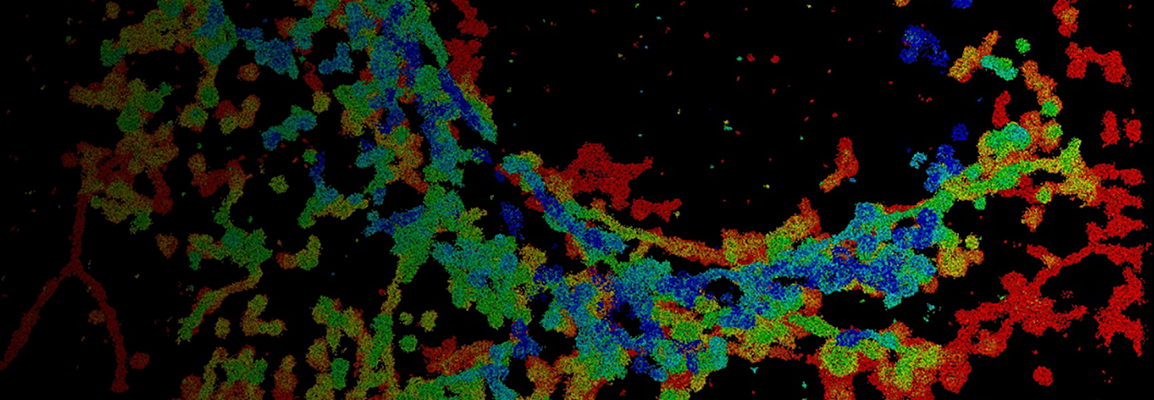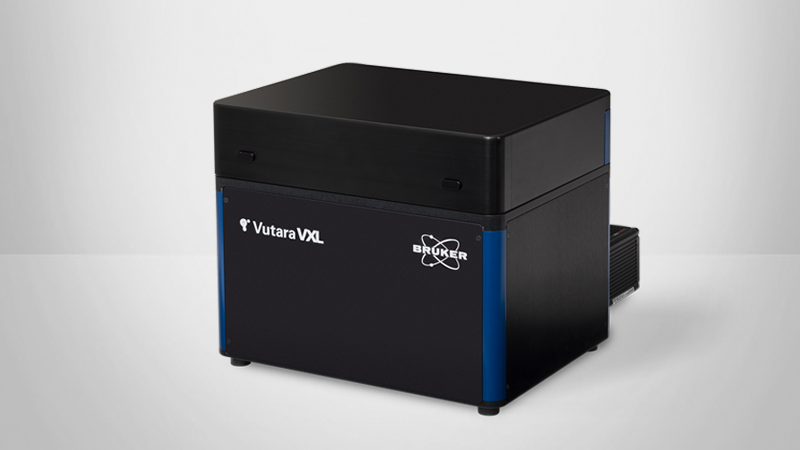

dSTORM Imaging of Neuronal GABAAR Spatial Patterning Regulated by GABA and Astrocytic Cholesterol
Unravel nanoscopic movement in neurons
During this on-demand webinar, Zixuan Yuan, Ph.D., discusses her work using super-resolution direct stochastic optical reconstruction microscopy (dSTORM) to uncover spatial patterning regulation in primary cortical neurons. Learn more about how advanced imaging techniques reveal data that enhances our understanding of synaptic dysfunction and neurodegeneration.
Presenter's Abstract
Understanding how membrane organization influences receptor function is a growing frontier in cellular neuroscience. In this talk, I will share how we used super-resolution direct stochastic optical reconstruction microscopy (dSTORM) imaging to uncover dynamic, lipid-dependent trafficking of γ-aminobutyric acid type A receptors (GABAARs) in primary cortical neurons. Upon GABA activation, GABAARs translocate from cholesterol-rich GM1 lipid rafts to PIP2-enriched domains, aligning temporally with receptor activation and desensitization. This translocation is disrupted by astrocytic cholesterol, resulting in receptor retention in rafts and enhanced endocytosis. Through advanced imaging, we resolved the nanoscopic movement of receptors between membrane domains and identified a cholesterol-sensitive mechanism contributing to synaptic dysfunction in neurodegeneration.
Find out more about the technology featured in this webinar or our other solutions for dSTORM Imaging:
Featured Products and Technology
Guest Speaker
Zixuan Yuan, Ph.D., Postdoctoral Fellow, Nedergaard lab, University of Rochester
Zixuan recently completed her PhD at the Scripps Research Institute and is now a postdoctoral researcher at the University of Rochester. She is broadly interested in the mechanism and function of sleep— how the brain transitions between conscious states and why sleep is necessary.

